CONTENTS
Travel to Thailand Now - Thailand Travel Guide
Radiating positivity, Thailand welcomes its visitors with the brightest of smiles anywhere in the world, hence its apt nickname “the land of smiles”. Here, golden Buddhist temples shine alongside the glimmering light of skyscrapers, and the water is as calming and soothing as the people. Join with us to see how you can best traverse the beautiful country of Thailand.
Thailand Entry Requirements! Thailand Travel Guide!
For fully vaccinated foreigners
Fully vaccinated foreigners travelling to Thailand by air can enter the country by applying for a Thailand pass under either the Test and Go or the Sandbox scheme.
Test and Go
The “Test and Go” scheme essentially requires the travellers to quarantine in approved hotels for one day or until they receive the negative result of a COVID-19 test, thenceforth they can travel normally.
Foreigners entering Thailand via the Test and Go scheme must fulfil these conditions:
- Travel from an eligible territories / country (list of eligible territories / country);
- Fully vaccinated against COVID-19 at least 14 days prior to travelling;
- Booking on approved hotels for 1 day.
They are required to present the following documents:
- Passport and a Thai Visa;
- Certificate of vaccination;
- Payment of hotel reservation of an eligible hotel (SHA Extra list and AQ hotel list) for 1 day;
- Payment of 1 RT-PCR test, 1 ATK self-test kit and airport transfer;
- Insurance with minimum coverage of 20,000 USD (not required for foreign residents in Thailand who can use their employer’s social security certificate).
Sandbox Scheme
The Sandbox scheme essentially allows the travellers to stay in a designated “sandbox” area (including Chon Buri, Krabi, Phangnga, Phuket, Surat Thani, Trat) for 5 days upon entering Thailand, thenceforth they can travel normally.
Foreigners entering Thailand via the Sandbox scheme must fulfil these conditions:
- Fully vaccinated against COVID-19 at least 14 days prior to travelling;
- Booking on approved hotels for 5 days.
They are required to present the following documents:
- Passport and a Thai Visa;
- Payment of hotel reservation of an eligible hotel (SHA Extra list and AQ hotel list) for 5 days;
- Payment of 1 RT-PCR test, 1 ATK self-test kit and airport transfer;
- Insurance with minimum coverage of 20,000 USD (not required for foreign residents in Thailand who can use their employer’s social security certificate).
For not fully vaccinated travellers
Travellers who are not fully vaccinated can enter Thailand via a program called Alternative Quarantine, which requires travellers to stay in quarantine for 5 days and to take tests, thenceforth they can travel normally if the tests are negative.
Foreigners entering Thailand via the Alternative Quarantine program must fulfil these conditions:
- Stay in quarantine in AQ hotels for 5 days;
- Undergo a COVID-19 RT-PCR test on day 4 and 5.
They are required to present the following documents:
- Passport and a Thai Visa;
- Payment (or deposit confirmation of at least 15,000 THB / $500) of hotel reservation of an AQ hotel for 5 days;
- Payment of 1 RT-PCR test, 1 ATK self-test kit and airport transfer;
- Insurance with minimum coverage of 20,000 USD (not required for foreign residents in Thailand who can use their employer’s social security certificate).
Thailand travel guide 2024! Where to go?
Bangkok
There it is. The capital of Thailand. The quintessential Thailand vibe. Bangkok is so frequented by travellers it’s starting to be excised from many Thailand’s travel lists. But never forget that Bangkok is the gatekeeper of Thailand’s culture that one must pass to truly feel the authenticity of the place’s brimming culture.
Bangkok’s downtowns are certainly manageable to explore on foot, but have you ever considered traversing the place on, say, a boat? That’s right, thanks to the Chao Phraya River that veins through the entire city in a labyrinthine canal system, sightseeing the city from a boat offers uncanny views right in the heart of Bangkok, which reveals a glamorous and buzzing mega city tinctured with calm and enduring Buddhist culture.
Once you’re done with sightseeing, head over to the Grand Palace. Containing the Wat Phra Kaew (Temple of the Emerald Buddha), the Royal Reception Halls, and Wat Pho (with a 46-metre-long reclining Buddha covered in gold leaf inside), the Grand Palace is surely not to be missed.
Chiang Rai
Let’s go a bit further up North to explore a region not too tourist-trodden but still undoubtedly mesmerising. Located in the northern region of Thailand, bordering both Malaysia and Laos, Chiang Rai perches atop the titular mountain province, waiting and welcoming those who hike all the way to come to it.
Founded all the way back in 1262, when Thailand wasn’t remotely close to what it is today, Chiang Rai is expectedly an old city, but it’s quaint and serene, nonetheless. Ringed in the mountainous verdure and laden with atmospheric temples, Chiang Rai is a perfect haven for those who seek a bit of reconciliation with nature and with themselves.
Thailand boasts temples aplenty, yet those in Chiang Rai stand out. Take Wat Phra Kaew for instance. It’s a small wooden Buddhist revered by locals, with an adjacent two-storey building serving as a museum which displays ancient Thailand artefacts that date back almost a thousand years ago. Additionally, legend has it that it was here where the iconic Emerald Buddha was first discovered.
For Thailand travel cost breakdown, you can visit this article for more details!
Phuket
With two extensive coastlines, Thailand abounds in gorgeous coastal towns, among which Phuket is a fan-favourite. Jade-green water, pearl-white beaches, and tons of luxe resorts to choose from, Phuket is the ideal destination for jetsetters. Fret not if you’re a shoestring traveller, there’s still plenty of budget friendly options for you.
36 beaches are what you will find in Phuket, each of which has its own flare. Some have sea sports facilities, some have resorts, some have beach clubs, but all are equally tantalising. Freedom beach, Karon Noi beach, Ya Nui beach, etc, are some of the most popular beaches that pop right into mind.
The spiritual side of Phuket is what probably will astonish many visitors. Yes, Phuket and its beaches are glamorous and all, but its culture is as gleaming and balmy as those fine sand beaches. Steer away from the coast and into the town and you’ll find a bevy of museums, shrines, and mansions. Food here is no short of exciting. Characterised by its Sino-Portuguese influence, food here are radically different yet still glistening with distinct Thai flavours.
Thailand Travel Guide 2024! What to eat!
Thailand cuisine is so vast, so diverse, and so utterly scrumptious its impossible to pinpoint a few candidates. Here, we merely introduce some of the most well-liked local delicacies relished by both locals and foreigners alike.
Pad Kra Pao
One of the most popular dishes in Thailand, Pad Kra Pao is beloved for how quick, simple, and versatile the dish is.
Pad Kra Pao is a stir-fry dish made up of minced meat (typically pork or chicken, plenty of garlic, chillies, fish sauce, soy sauce, hoisin sauce, and a lot of basil leaves. The meat is stir-fried really quickly under intense heat in the wok to get that wok hey action going, then the sauce as well as the aromatics are added. This method allows the meat to have crispy bits while making it cooked just right, and the fragrance of the aromatics are preserved. It’s typically served with steamed rice and a sunny side up, whose creaminess helps cut right through the heavy meat.
Khao Soi
Khao Soi is a curry dish at heart, but it’s a bit different from other Thai curry. This creamy curry is typically lighter and is served with crispy deep-fried noodles and often chicken chunks or a drumstick.
In the first stage, a curry paste is prepared, with soaked sun-dried chillies, coriander, turmeric, cumin, lemongrass stalk, galangal, shallots, garlic, lime leaves, and shrimp paste, all finely chopped, then blend until a smooth paste is achieved. After that, transfer the paste into a pan in which oil has been pre-heated and fry it off. Next, add the protein, which is typically chicken, but adaptations are welcomed, and sear it for another two minutes. Following that, pour in your stock of choice and pre-season with rock sugar and fish sauce. Simmer for around 30 minutes. Serve with deep-fried noodles and some aromatics of choice, but not before seasoning to taste.
Khao Soi is served in many different eating outlets and is extremely popular in tourist areas due to its more forgiving flavour profile, so definitely give this dish a try if you ever come to Thailand.
Pad Thai
Ah, Pad Thai. This stir-fried rice noodle dish is the unofficial national dish of Thailand. The dish literally has the country’s name in its name. Extremely simple to prepare, and extremely tasty. Perhaps that is what makes this dish so beloved.
This dish is super easy to make. In a ripping hot wok, add thinly sliced chicken and cook for about a minute. Then, throw in shrimp, dried tofu, bean sprouts, and garlic, and cook for another minute. After that, add the pre-cooked noodles and Pad Thai sauce and stir vigorously until thoroughly combined. Serve piping hot with some fresh herbs, some roasted peanuts, and a squirt of lime to elevate the dish.
That’s it. That’s all there is to this. Pad Thai is ubiquitous in Thailand, like how burgers are in the USA. You can try it anywhere, each place will perhaps add their own twist to it, but every single one will be equally delicious.

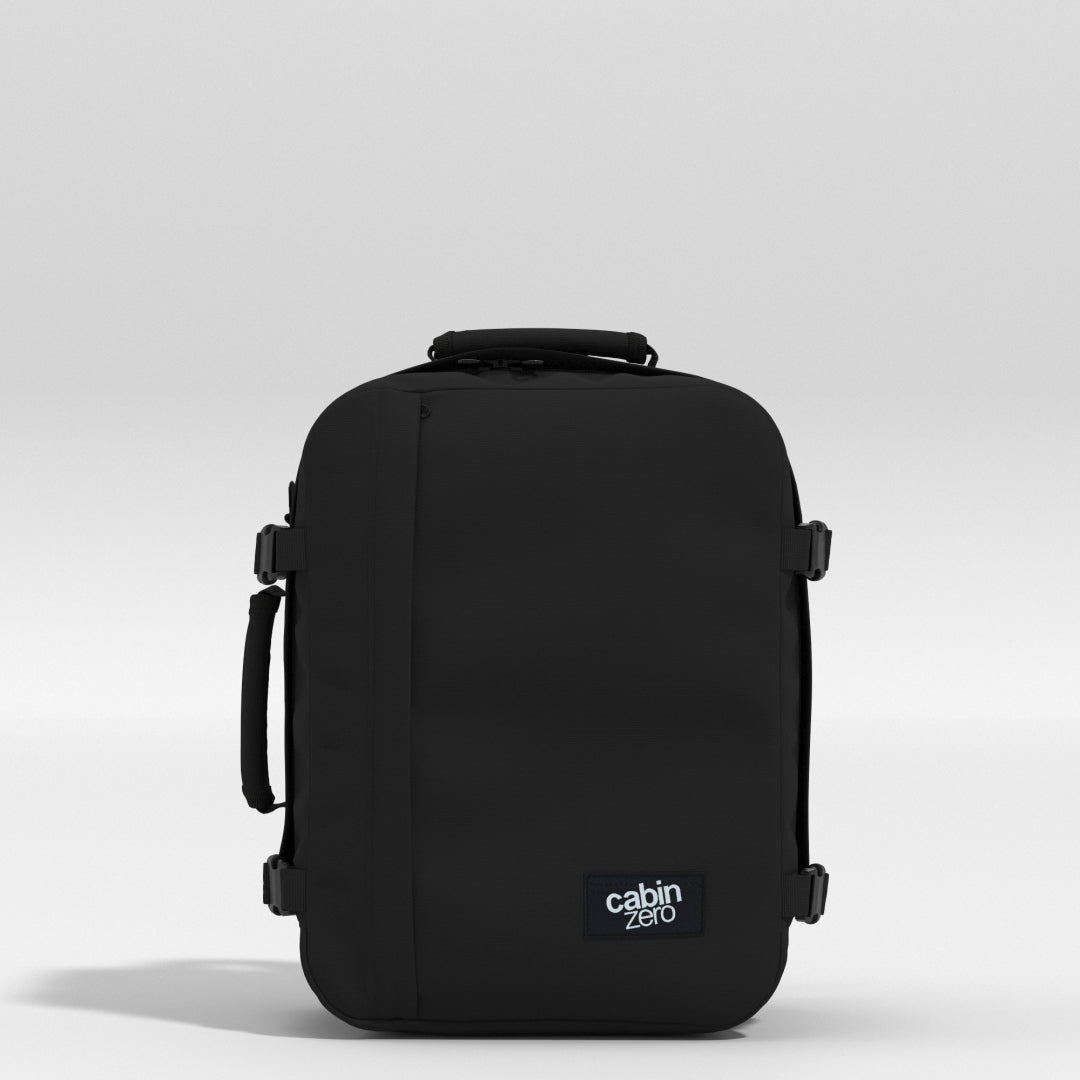
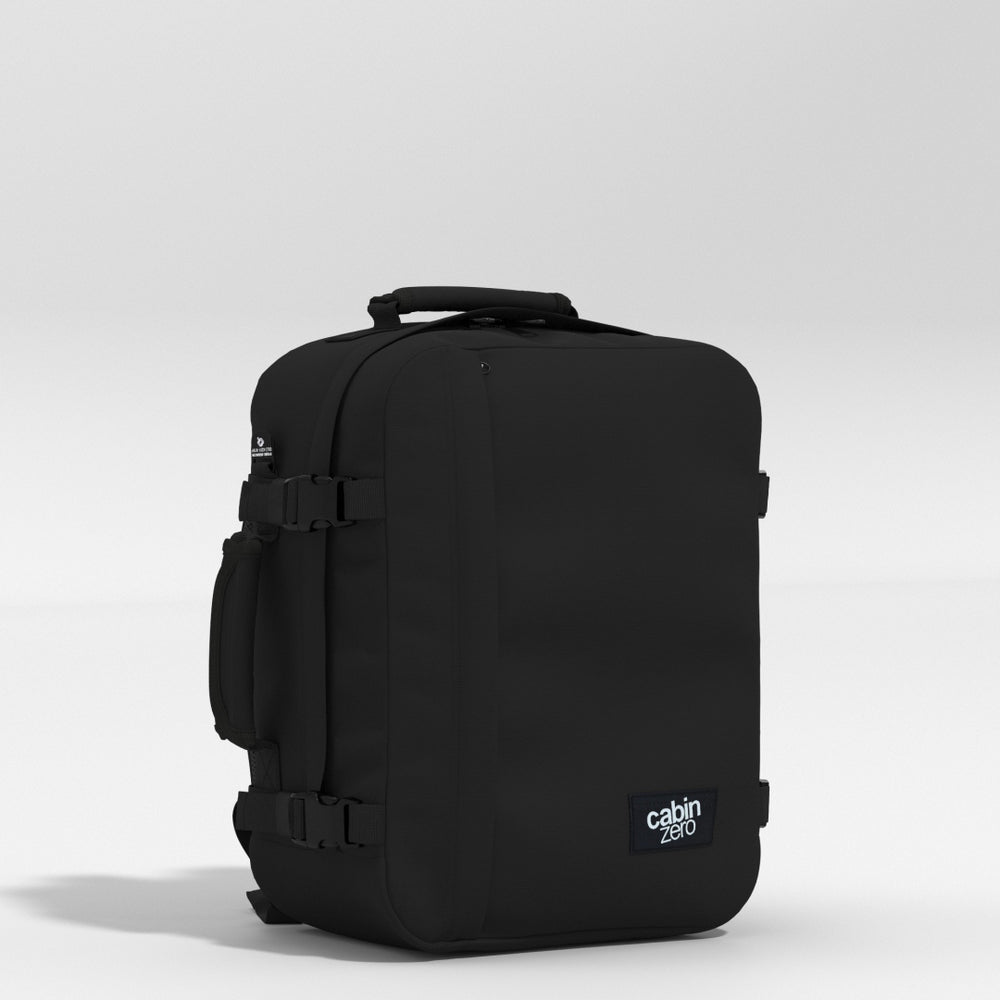
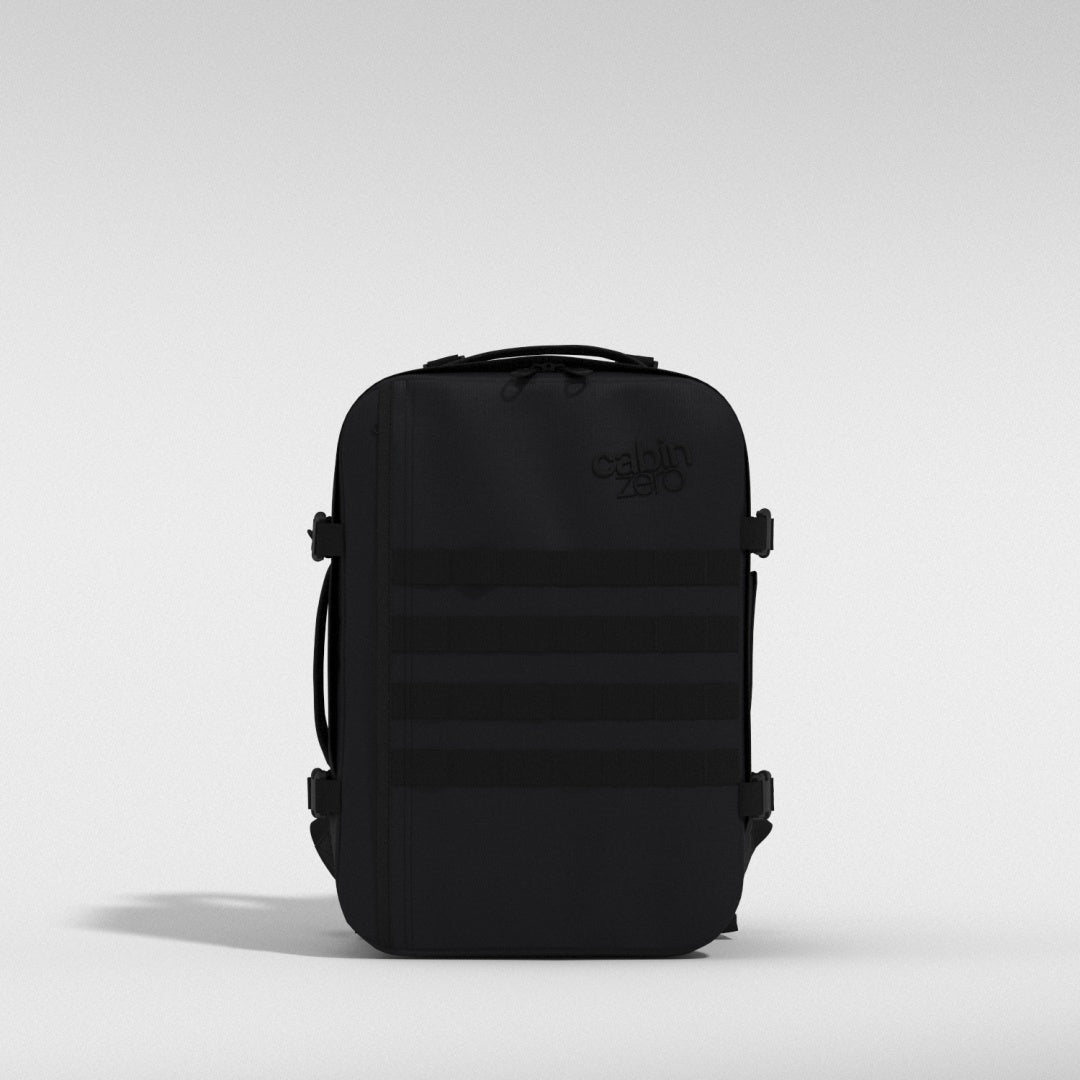
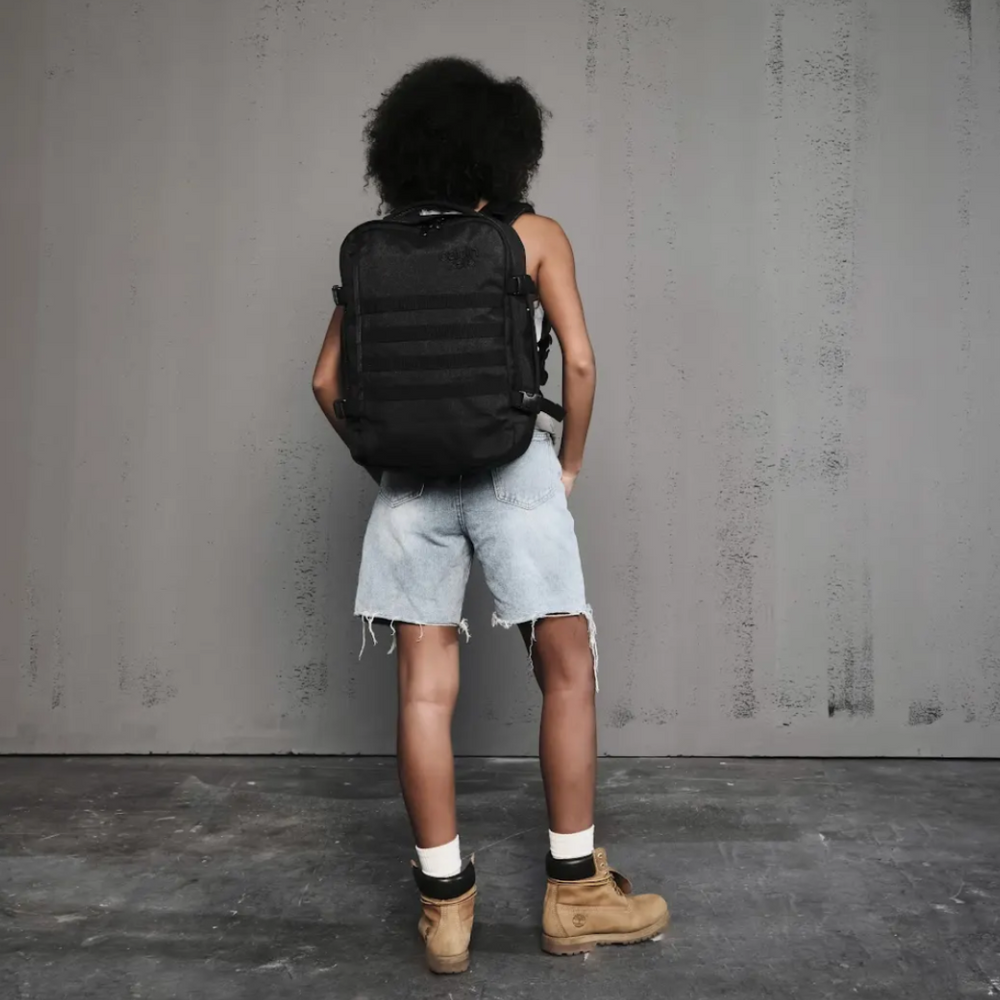
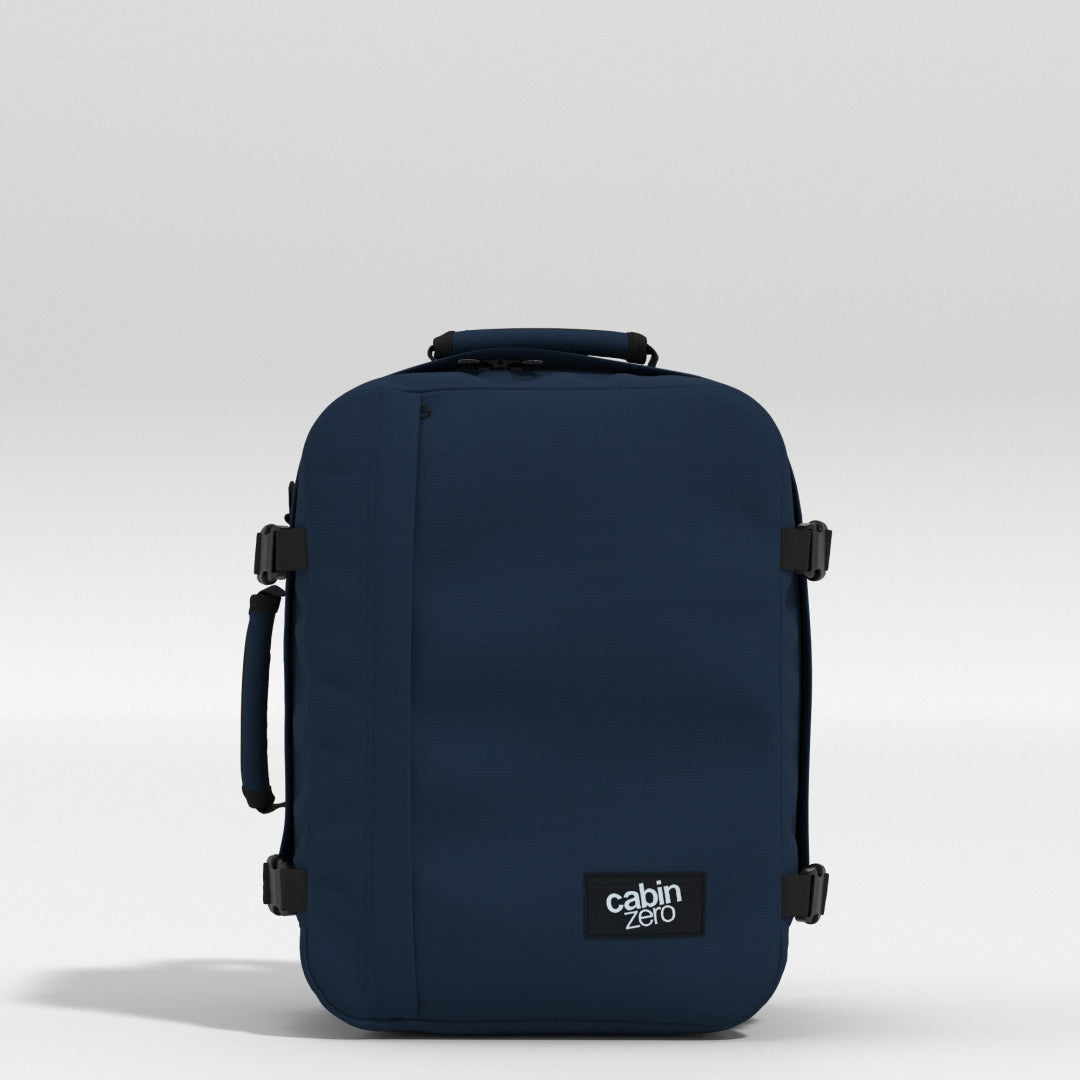
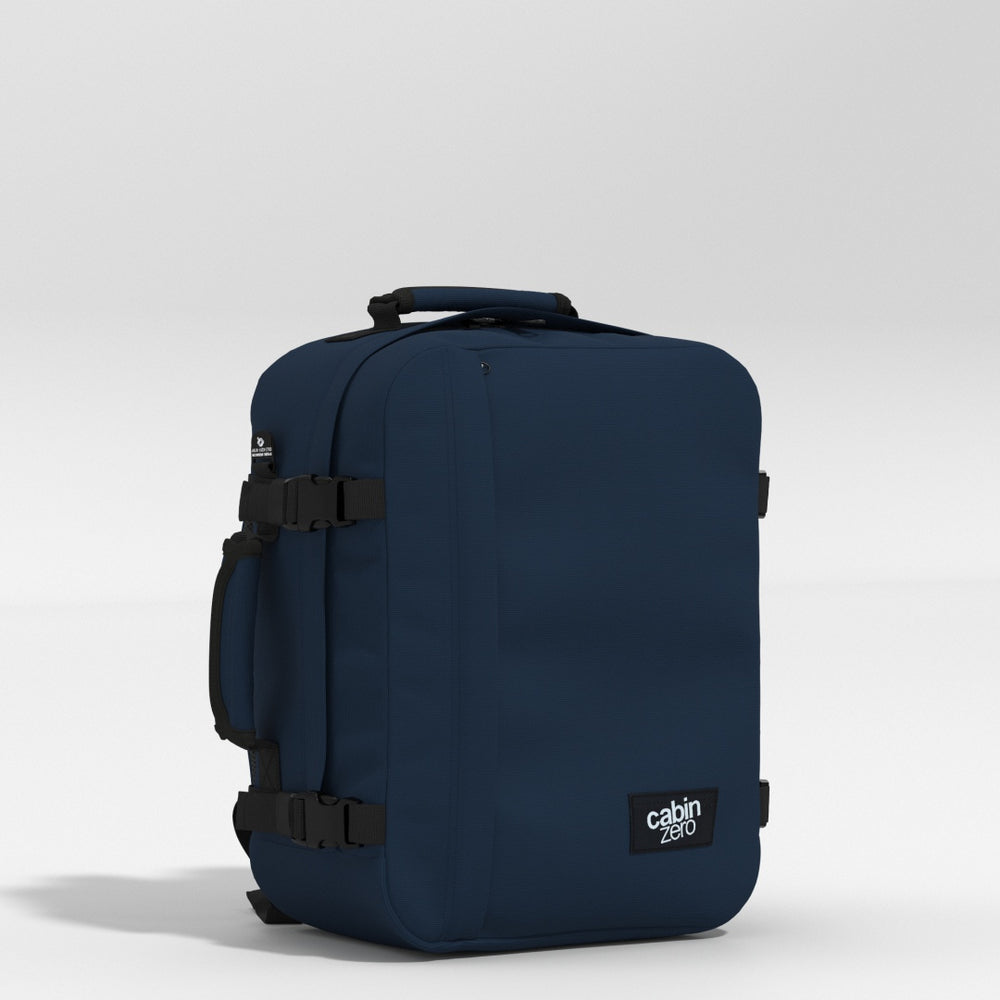
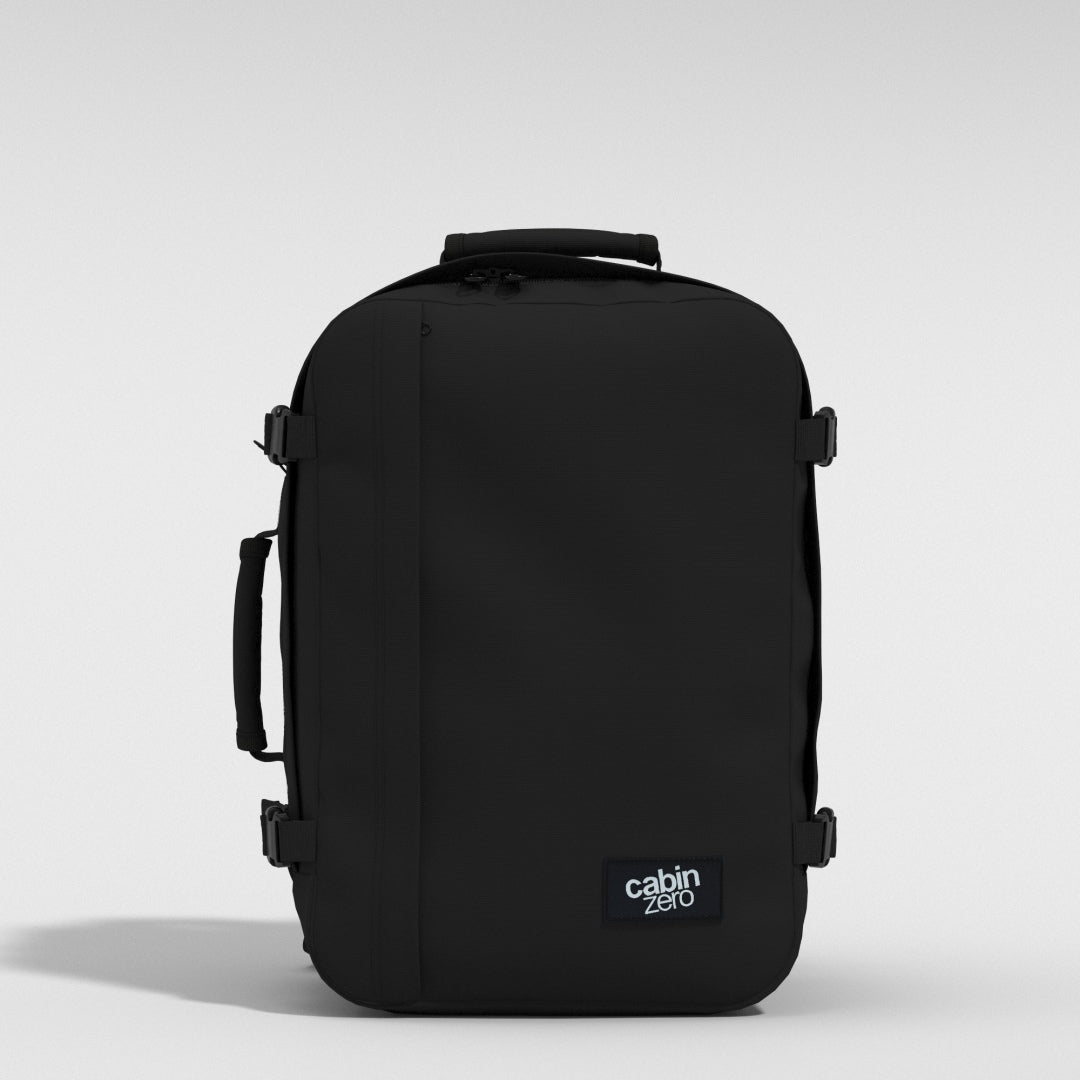
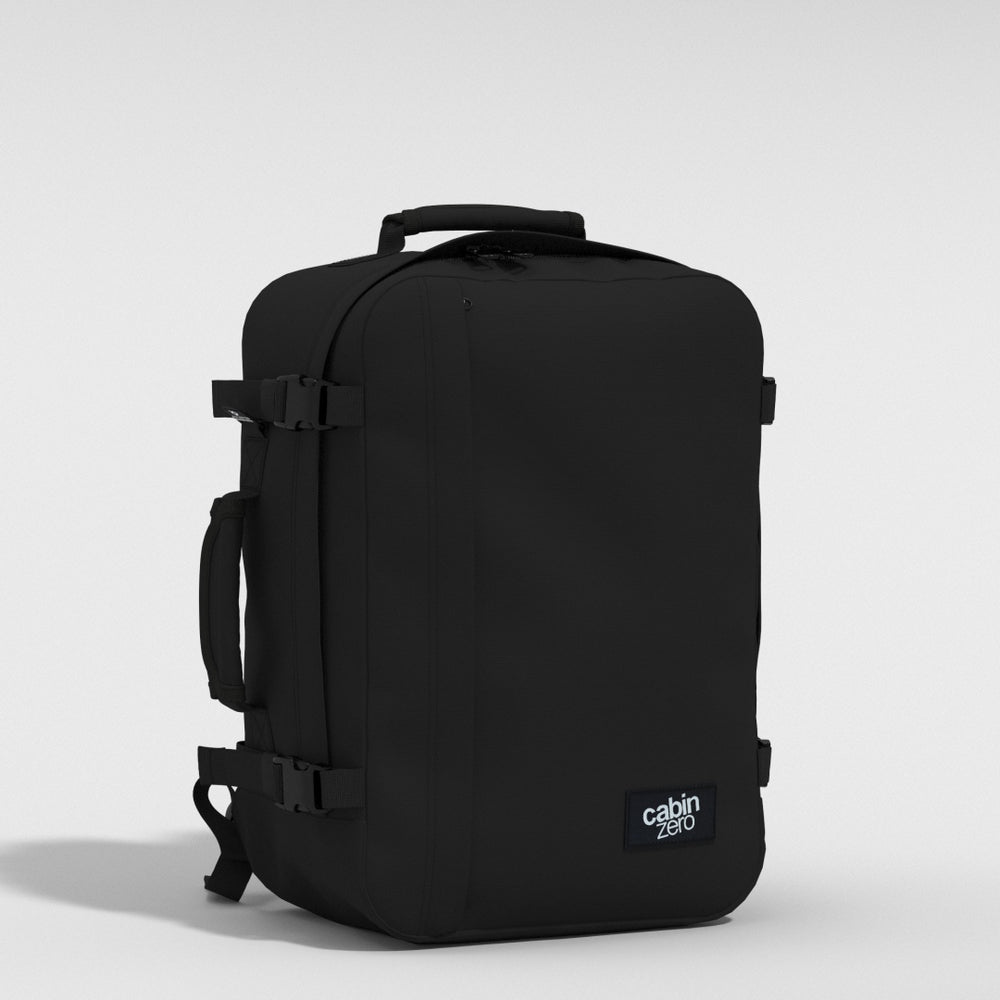
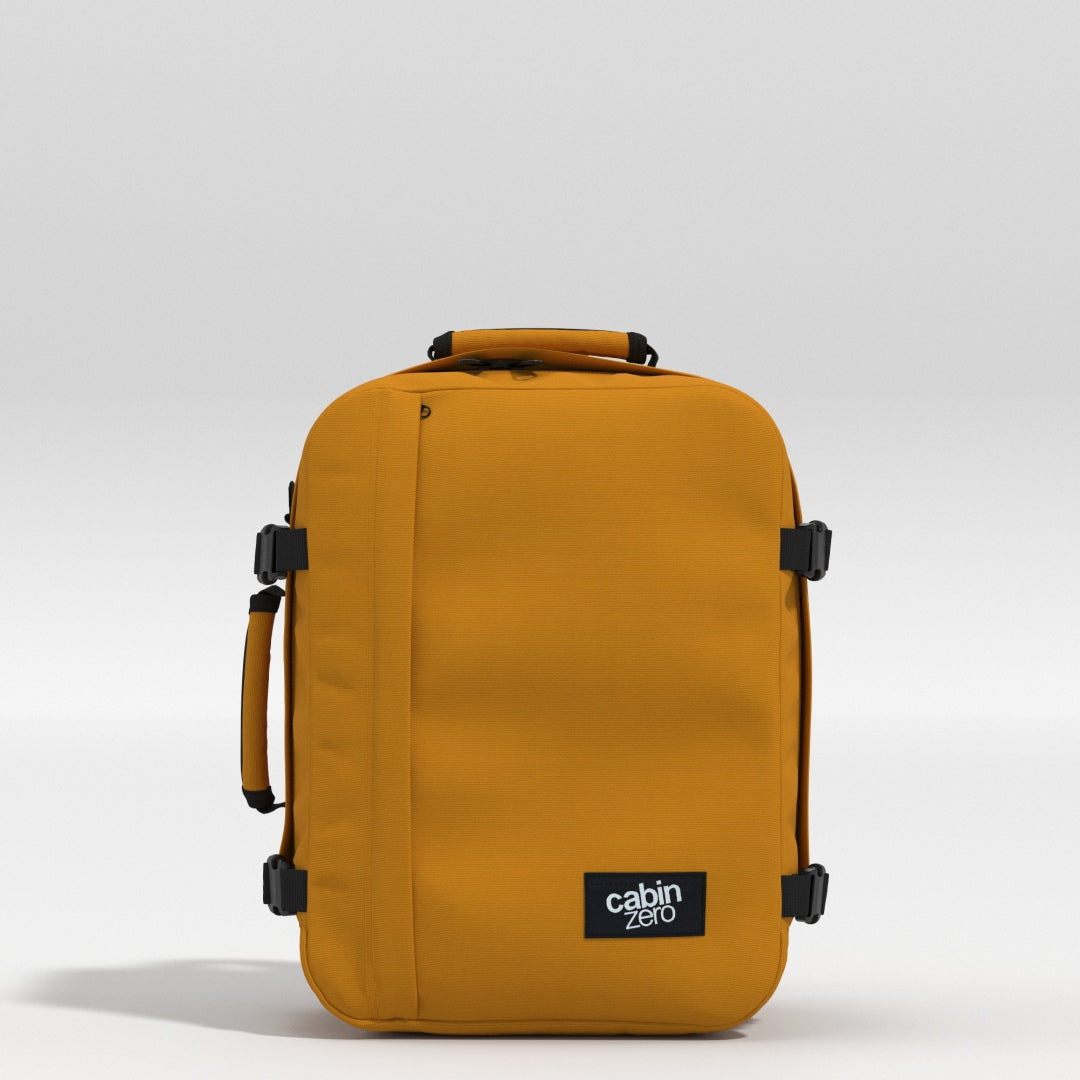
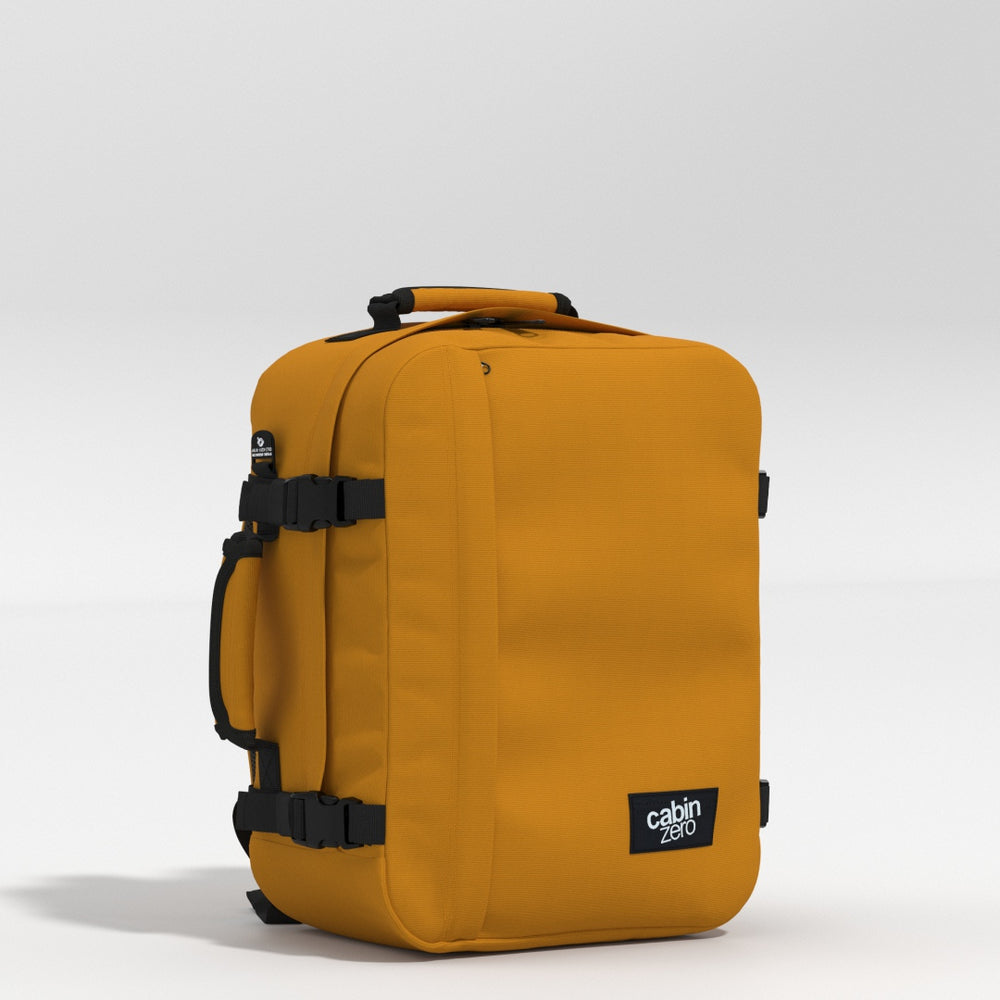



Leave a comment